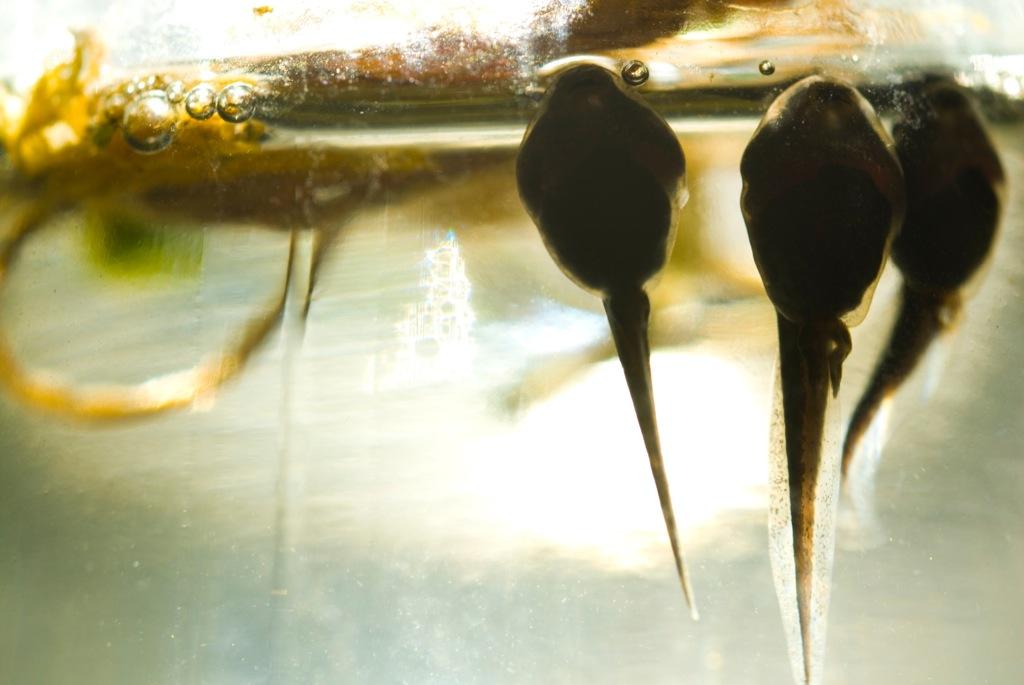Do you remember the big bully from your childhood? It turns out, tadpoles can be bullies too. In nature, an animal's size may be a significant factor in influencing its likelihood of being eaten, its aggressiveness, or which space it inhabits relative to others. These types of factors contribute to its’ niche: the set of environmental conditions and interactions that allow it to survive and flourish.
For animals, there is a balance of these niches, and some take the role of bully to survive. A group of researchers in Japan designed experiments to track how the size of tadpoles influenced who the bullies were in the pond. In one experiment, they measured whether large tadpoles bullied small tadpoles by essentially “punching” the smaller ones into the path of salamander predators.
Through a series of observations, they found that smaller tadpoles were more likely to be eaten by salamanders because of the punching activity from the larger tadpole bullies. The researchers also observed that large tadpoles were significantly braver at moving around in tanks with a predatory salamander present than smaller tadpoles.
However, researchers found that larger tadpoles could be as easily eaten once salamanders grew large enough from eating all the small ones. So in the end, the large tadpole bullies couldn't all bully their way out of being eaten. Still, the difference in size of these tadpoles allows each to occupy a different niche among the species. Small tadpoles can hide as best they can, while large tadpoles act as bullies. This research demonstrates that size variation can influence structures of ecosystem interactions and allow for a balance of size classes to be maintained.
This Moment of Science comes from Indiana University.
There are thousands more Moments of Science on our Web site at a-moment-of-science.org, where you can also view videos and sign up for podcasts.
I'm Yaël Ksander.









